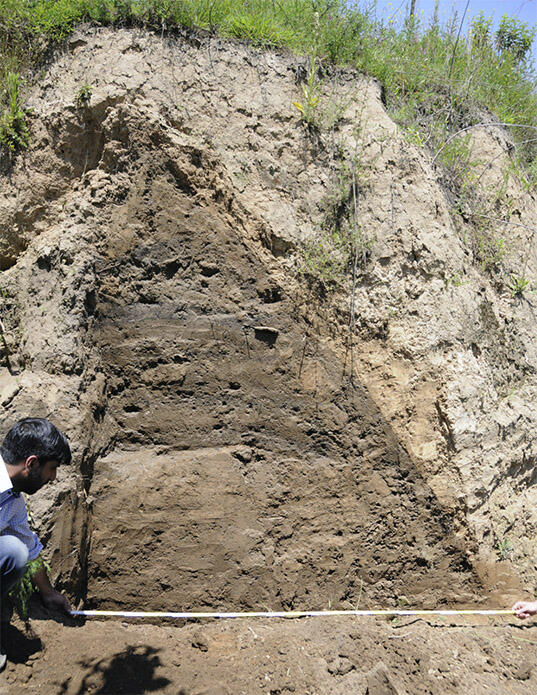"The valleys of Kashmir and Swat in the Western Himalayan-Hindu Kush regions of India and Pakistan are home to an important prehistoric cultural complex beginning at around 5000 BP, loosely grouped as the “Northern Neolithic” (Coningham and Young, 2015), especially characterised by a rich agricultural tradition. Despite its proximity to the heartland of the Indus Valley civilization, Harappan influence seems to have been slight," write the authors at the beginning of this interesting paper which points to the diversity of early agricultural practices and possible sources within the region. The rise of agricultural and accompanying sedentary culture is seen as essential to the rise of complex civilizations and settlements, from large villages to cities in the early Bronze Age.
Evidence from apparently isolated regions like Kashmir valley suggest that there was actually a great variety of agricultural experimentation and practice going on all over the wider region, and that there are likely to be multiple origins and pathways for the development of the agricultural practices that led to pre- and later Indus valley civilization (s): "the evidence from Qasim Bagh adds substantial new botanical data to a growing body of archaeobotanical study in Inner Asia. The stratified nature of the materials gives insights into long term agricultural practices within the valley, from sealed and well dated archaeological contexts. The evidence suggests that the farming villages of Kashmir had multiple and varying routes of exchange with South, East and Central Asia. The presence of millets dated to 5th/4th millennium BP contexts also suggests the agricultural transformation towards multi-season cropping took place significantly earlier than previously believed, based on evidence from Burzahom, Gufkral and Semthan (Lone et al., 1993)" (p.6).
This paper makes clear that the origins of agriculture in the region will, if ever fully understood, probably be highly varied and complex, with the many peoples involved being far more sophisticated and experimental in their approach than contemporary perspectives often allow.
Image: Section photograph of conical pit cut in karewa terrace, Qasim Bagh.

